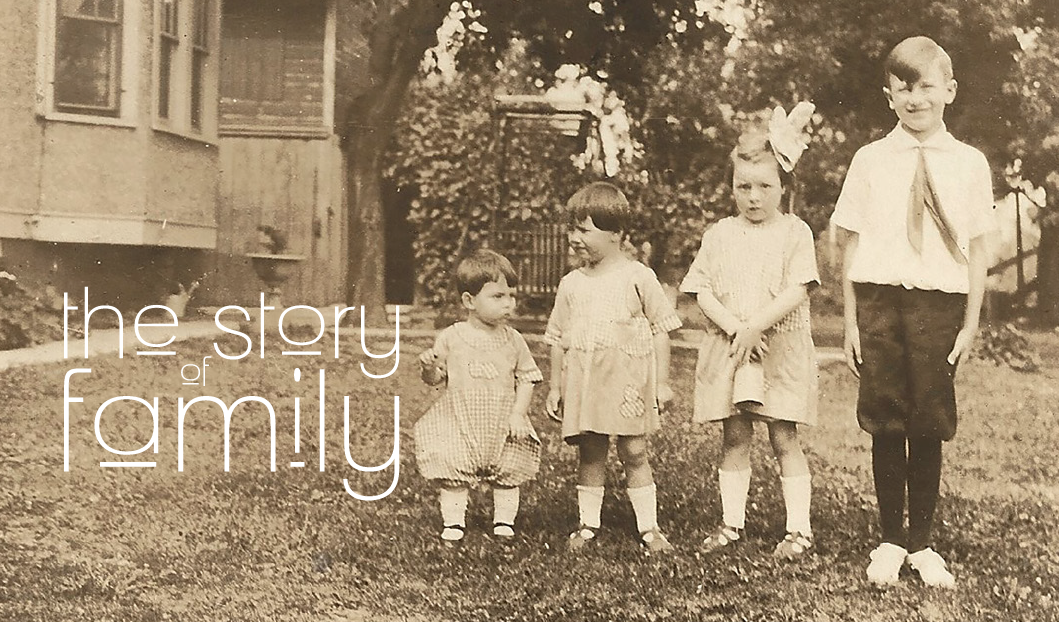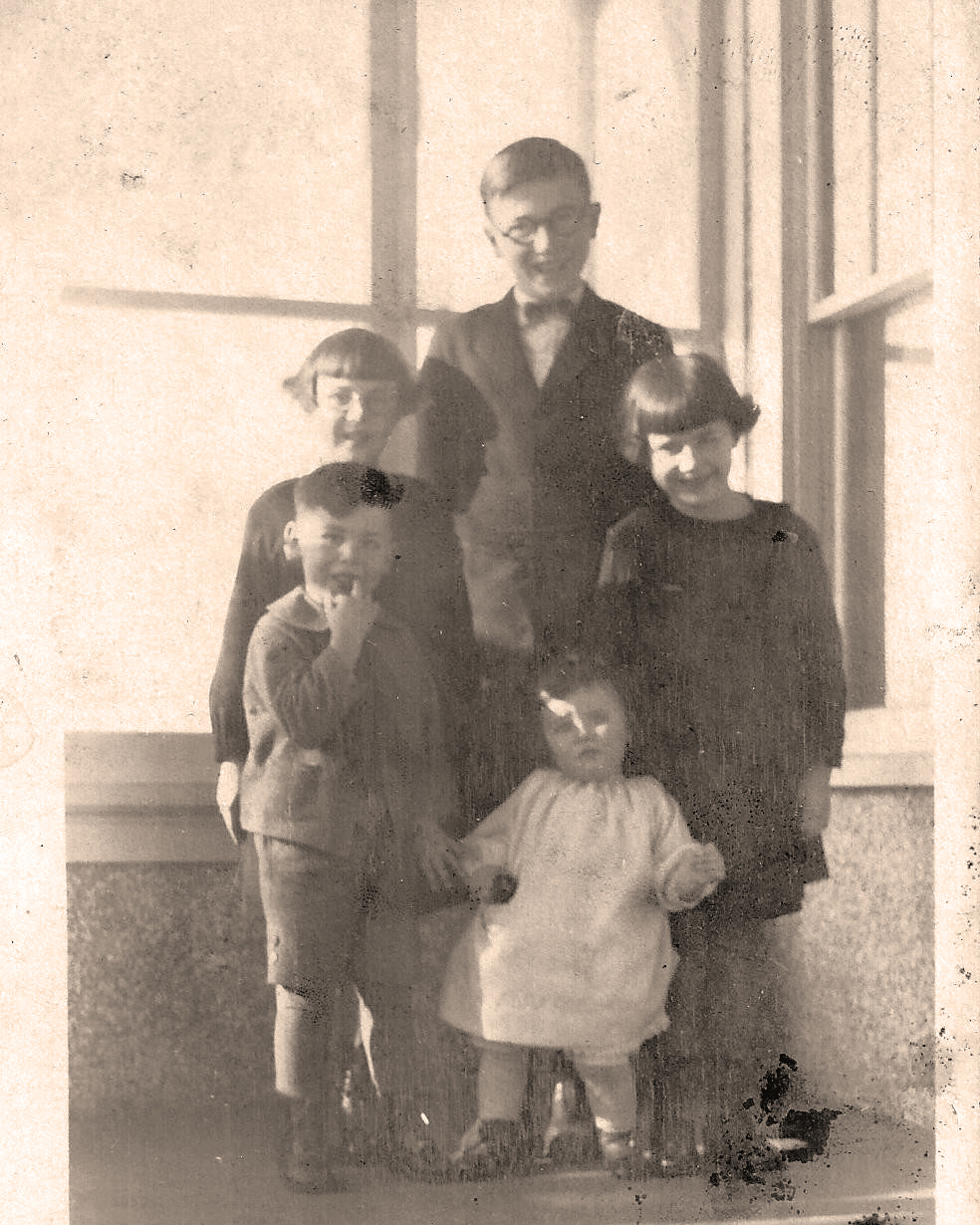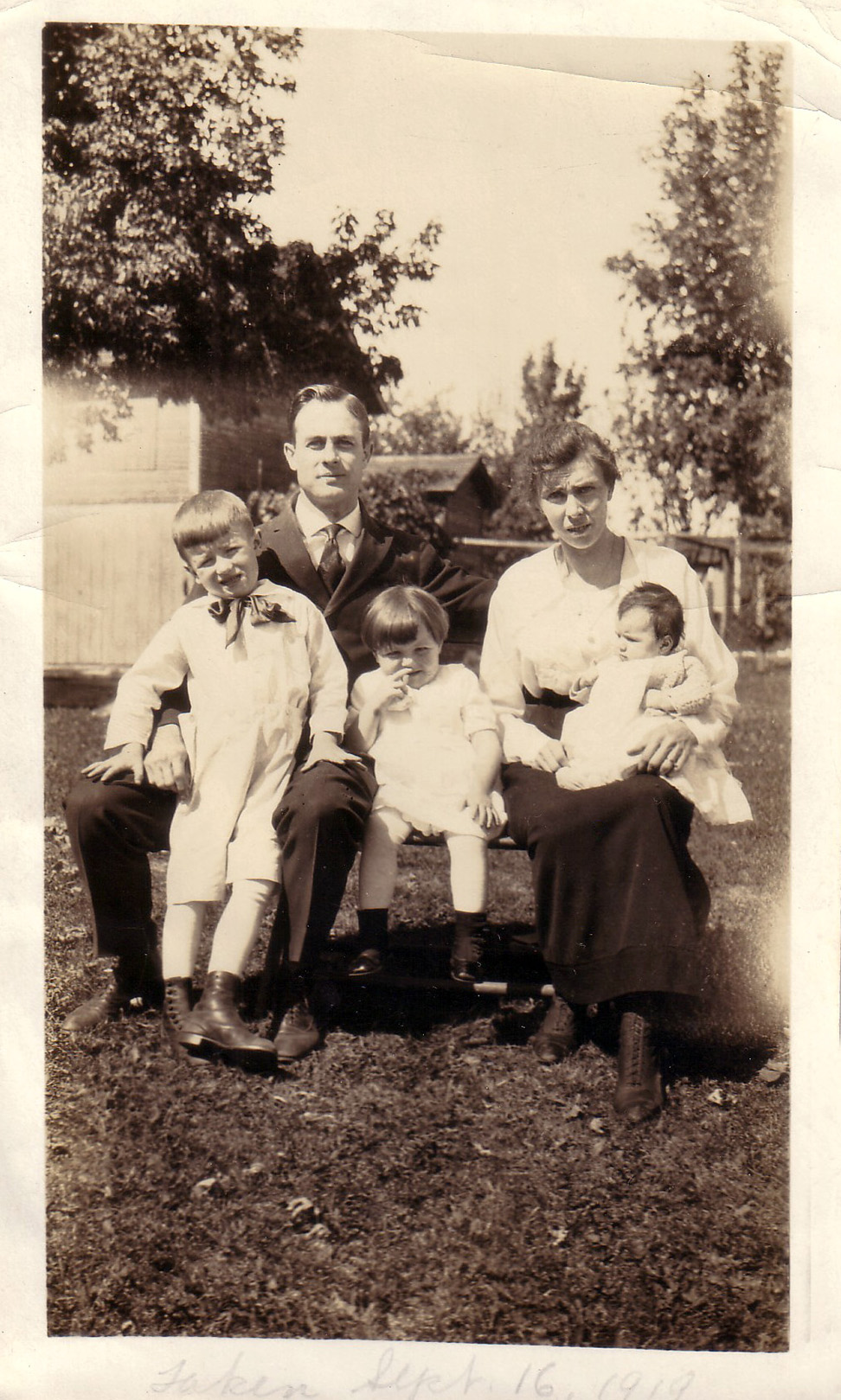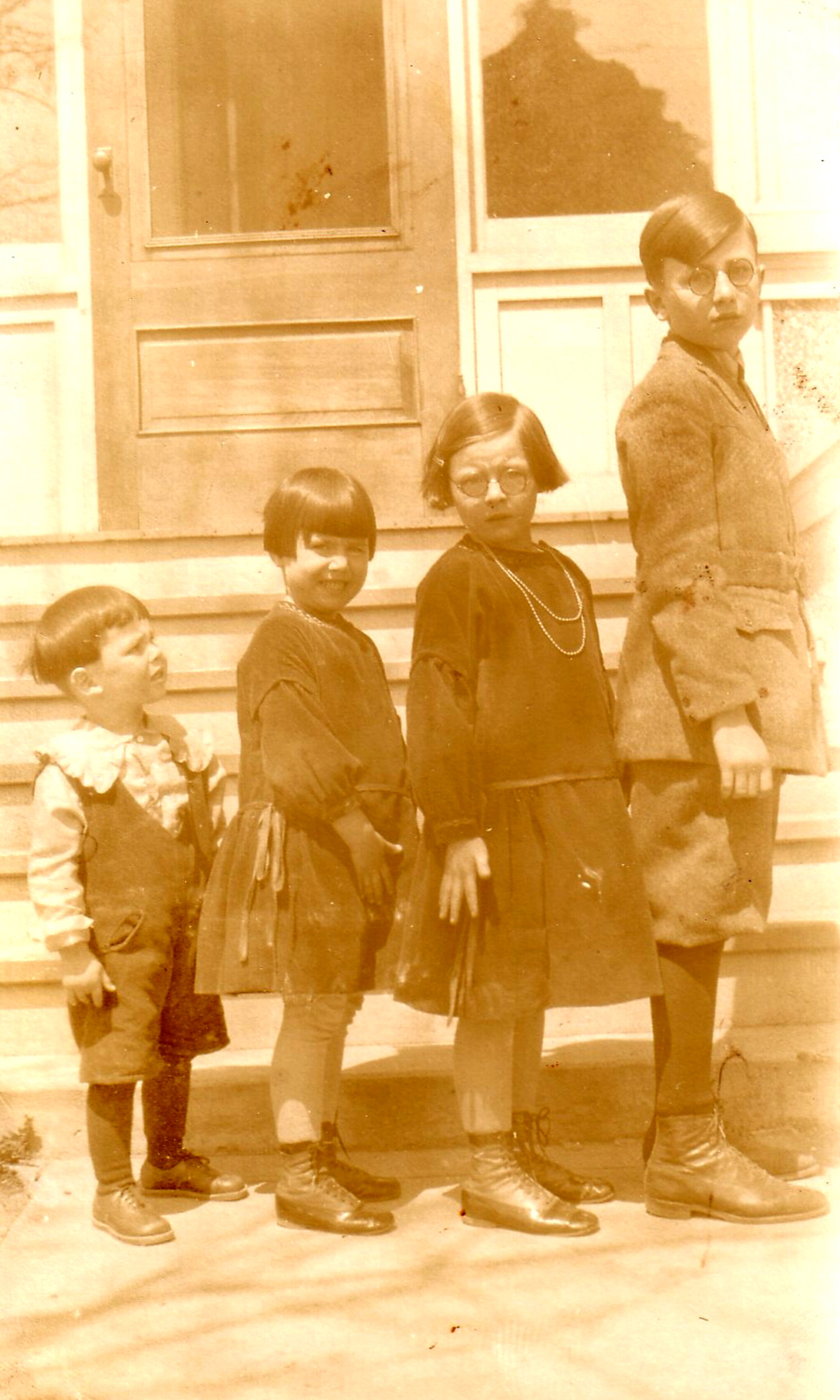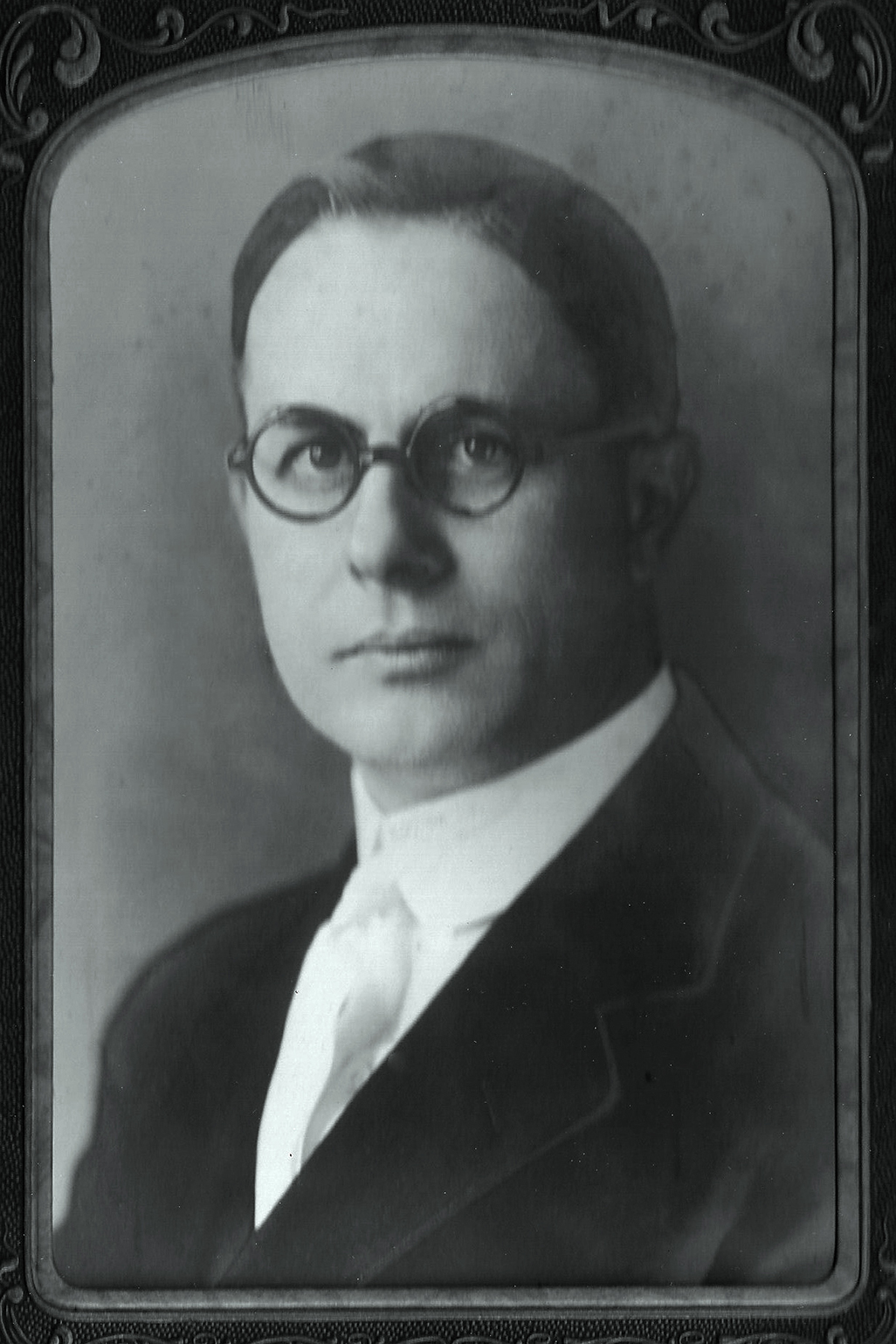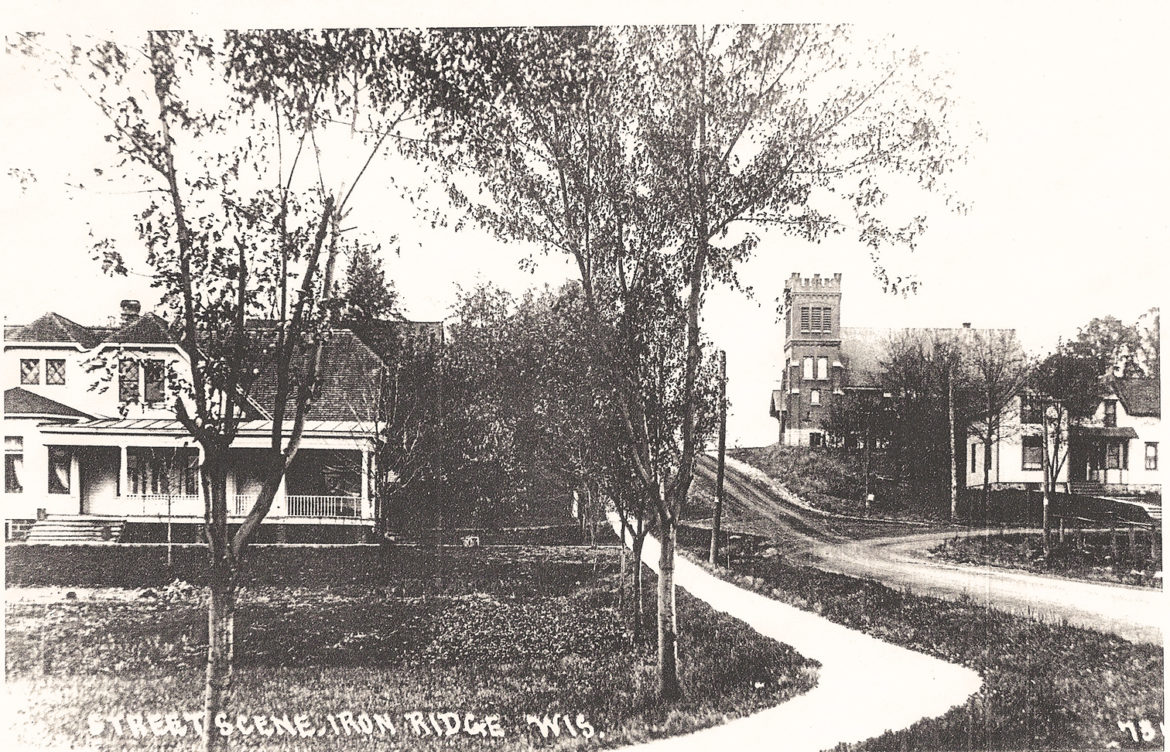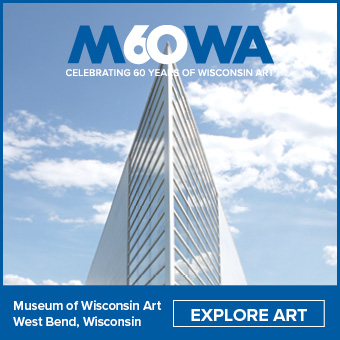The story of family is one that I never tire of learning about. It is a story rich with success, failure, strength and weakness.
My family’s story begins in the late 1800s, when this particular branch emigrated from Germany. My great-grandparents, Philip and Selma Koehler, met while students at Northwestern College in Watertown, Wisconsin. They married there on July 1, 1913, and honeymooned at a lake cottage in White Bear, Minnesota. After their month-long honeymoon, Philip and Selma returned to Trenton, Wisconsin, the location of Philip’s first pastorate – St. John’s Evangelical Lutheran Church.
Our story moves to Iron Ridge in 1915 when Philip accepted the call as pastor of St. Matthew’s Evangelical Lutheran Church. Over the next 11 years, the Koehler family grew with the birth of five children – Herbert, Margaret, Irmgard, Philip and Selma. During Philip’s time as pastor, the church mirrored that growth, increasing in numbers and even adding a school.
The school started less than a month after Philip was installed as pastor, and he served as the only teacher for the first three years. The lessons were all in German and at the start there were only eight to ten children who attended. Eventually, the Koehler children would join the ranks. The school met in the basement of the church, and as it grew, two more teachers (one male, one female) were hired. At that time, the school lessons began to be taught in English.
During Philip’s time as pastor, the church applied for and was granted membership in the Evangelical Lutheran Synod of Wisconsin, and in 1917 they sent their first delegate to the synod convention. The majority of the congregation spoke German, but after 1916, services and classes were given in both English and German. Although located in a rural farming community, the church was greatly blessed under his leadership with a good-as-new pipe organ – brought in by bobsled – and a new parsonage built across the street. Both are still there today. The house had all the modern conveniences – steam heat, an electric water pump, and electric lights. Subsequently, the Ladies Aid Society was able to purchase a house for the teacherage in 1921.
Philip was very passionate about leading his flock and helping them in any way he could. He would travel to neighboring farms to visit parishioners in need and comfort those who were sick. The sense of community was very strong and visible in both times of need and times of plenty. The parishioners helped each other during harvest time and celebrated holidays together.
The first three years of Philip’s tenure at St. Matthew’s saw the world at war. Leading a congregation of mostly Germans during World War I was a fine line to walk. They were all proud Americans, but their hearts went out to their fellow countrymen caught in the midst of the warring armies. The Ladies’ Aid held necktie socials, ice cream socials, and bazaars to raise money for refugees in Germany and Austria. Philip was also a prolific letter writer to parishioners near and far. A letter to a young man by the name of Adolph Haendel, “in distant France,” was typed on church stationary on January 27, 1919. The war was technically over, but not all of the soldiers had returned home yet, Adolph included. In his letter, Pastor Philip asks when Adolph thinks the boys will be home and supposes that he is “having good times now – with no fighting on hand.” He writes of the weather and his time filling in as pastor for the neighboring congregation of Neosho. He closes by encouraging Adolph to take care of his spiritual health …“now that the danger of death from the bullet is over. Your spiritual dangers are now, in fact, even greater than before. Therefore, be always on the guard, pray to our Heavenly Father for His daily assistance to withstand the wiles and treachery of the devil, the old bitter foe, so that you may return home unscathed and clean not only physically but morally.” Adolph passed away in 1932 and is buried in the cemetery behind St. Matthew’s.
For the Koehlers, their time in Iron Ridge was a time of frugal living, yet one filled to overflowing with the blessings of neighbors, hard work and simple joys. Although my great-grandparents moved to the big city of Milwaukee in 1926, Iron Ridge has remained a part of my family’s story and the subject of many shared memories. It continues to be a place looked upon with fondness – a place that shaped them and changed them – and a place that I will always be indebted to.
The story of family is one that stretches on forever in both directions – past, present, and future. I will be forever glad that Iron Ridge is a part of mine.
